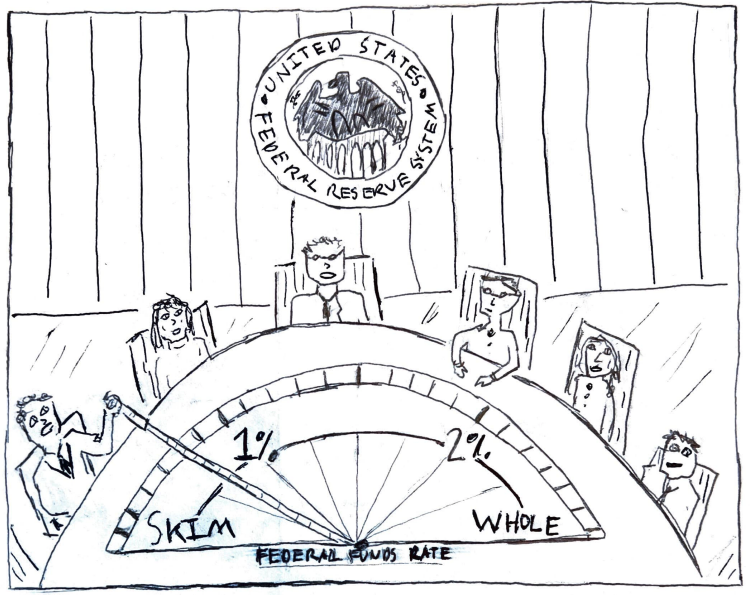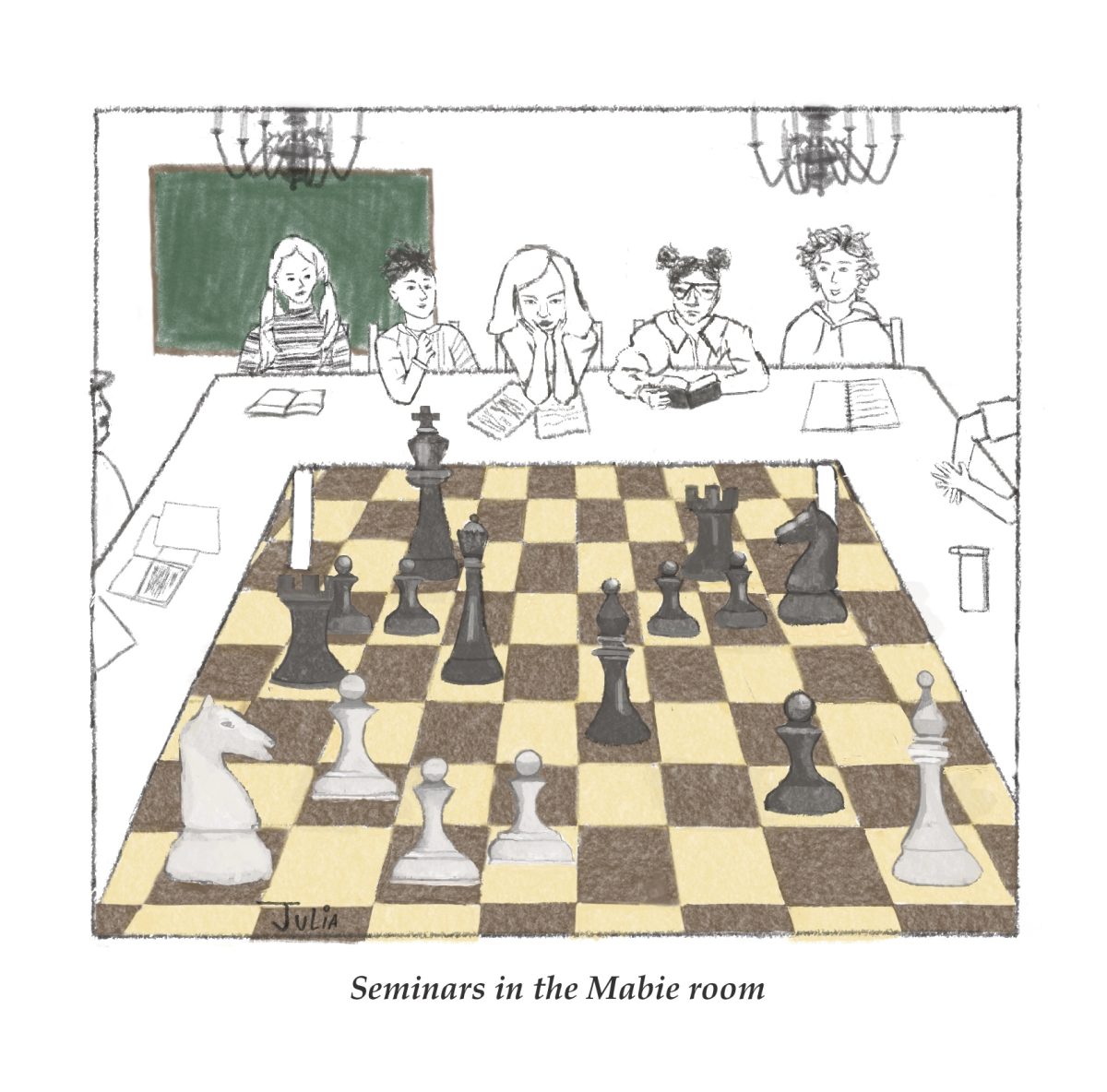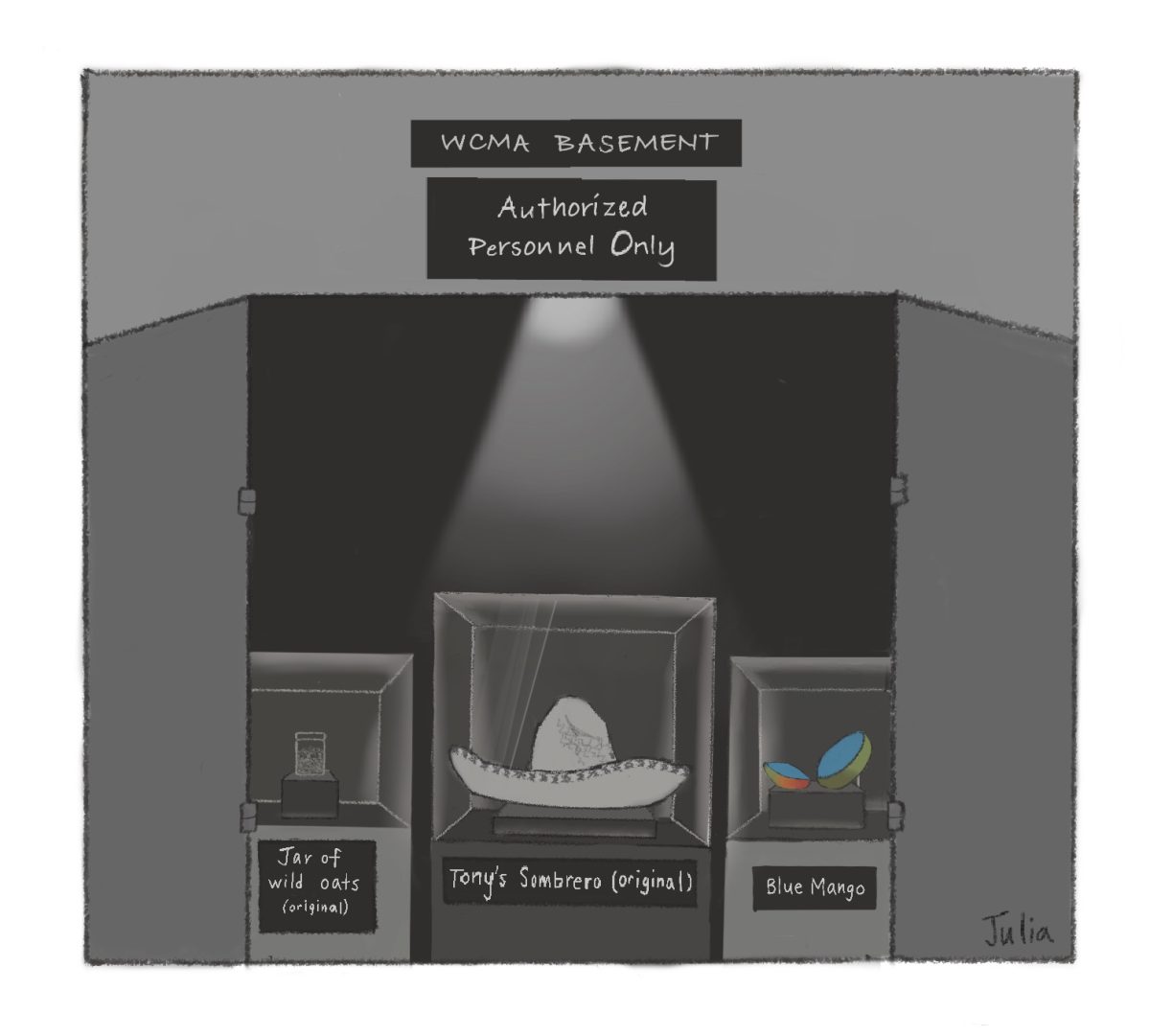On Feb. 19, President Mandel sent out a campus-wide email in response to the Hollander memorials. In the email, Maud claimed to support the aims of the students, but also expressed the need to disassemble the memorial due to violations of fire code and the Americans with Disabilities Act (ADA). This call for accessibility was a large part of why students were so willing to remove the memorial; they respected the right that every community member has to access a space, physical and otherwise.
The email’s rhetoric of accessibility, while legally legitimate, was a selective tool to further the agenda of disassembling the memorials. As students who think deeply and often about issues of access here, we immediately noticed that this instance of naming “accessibility” as a College priority was an exception. Nowhere else does the College institutionally prioritize access: not in the overworked and understaffed office of accessible education (OAE), the lack of disability studies classes, nor the low numbers of neurodiverse and physically disabled students admitted to this college.
But at a place like Williams, whose prestige depends on exclusivity, what does it mean to discuss accessibility? When a certain type of high-level, intellectual able-bodied performance is required for admittance into this community, what is the framework and historical context in which we are even having these conversations?
Since Maud cited it in her email, let’s start with the ADA. Rather than invoking the ADA in response to only activism, how well does Williams ensure the rights the ADA guarantees?
The ADA was signed into effect in 1990 with the goal of formulating a legal basis on which people with disabilities could seek protection from discrimination. The ADA further sought to force a broader conception of disability than was popularly held at the time. Conversations of accessibility generally focus on tangible things: elevators, ramps, automatic doors. Material and physical accessibility is crucial, and even in this regard much of campus is highly inaccessible. However, when we actually read the ADA, disability is defined as any “physical or mental impairment that substantially limits one or more major life activities” where activities include, but are not limited to, “caring for oneself, performing manual tasks, seeing, hearing, eating, sleeping, walking, standing, lifting, bending, speaking, breathing, learning, reading, concentrating, thinking, communicating and working.” This definition requires broader conceptualizations of access than Williams currently holds.
By law, our College’s federal funding mandates compliance with the ADA, though Williams has long struggled to meet the necessary standards. What ADA compliance has looked like at the College has transformed drastically. Practices that are considered normal and vital were once nonexistent. For example, only in 2016, after the hiring of Director of Accessible Education G.L. Wallace, did the OAE start hiring student note-takers and considerably supporting students with temporary accommodations needs, like concussions. In recent years, the number of students the OAE supports has spiked: between the fall of 2017 and spring of 2018, G.L. met with over 460 different students in individual appointments. This is about 21 percent of the student body. While integrative wellbeing services (IWS) has increased staffing and capacity substantially to meet student demand in recent years, the OAE has stagnated at the same two staff since 2016: G.L. Wallace and Jean Grant, who coordinates administrative details. With this staff to student ratio, the office can barely keep up with federally mandated ADA compliance work, much less advance campus conversations of access.
As a result, the office spends most of its energies fielding temporary accommodation requests at the expense of advancing dialogue around access and supporting students with chronic conditions here. Additionally, while support structures like the Davis Center can work alongside faculty to build programming and awareness of student experiences, the absence of disability studies precludes that possibility with regard to topics of access.
Instead of selectively name-dropping the ADA, our College must take seriously what decades of disability activism has pointed out: that it is in fact disabling environments that marginalize, exclude, and oppress people and communities with physical, cognitive, and other impairments. Williams is certainly one such environment.
Disability activists demand that moves toward accessibility both remove tangible barriers and frame disability as a socially constructed condition. Similarly, the conversation about accessibility at Williams must look beyond the crucial steps of expanding funding and staffing in the OAE and bringing disability studies faculty to this campus. We must consider more broadly how this campus environment creates and exacerbates disability for targeted communities – especially, but my no means limited to low-income, queer and trans students, and students of color. We must recognize that creating an accessible learning environment is not just about installing hand-rails, making elevators available for use (cough cough, Horn Hall) and hiring more IWS therapists. All of these steps are urgent and vital. But creating an accessible learning environment means structurally and holistically supporting the students who come to this campus. It means transforming any and all disabling structures that cause and/or exacerbate impairment. In other words, if students experience barriers to access at the College, they should not be seen as an individual client with a problem that needs to be “fixed.” Rather the institution is the client in need of structural change that guarantees access for all. Issues of access cannot be addressed by an individual going to therapy, when really, it’s the institution that needs therapeutic intervention.
Phacelia Cramer ’19 is a political science major from Eugene, Ore. Eli Cytrynbaum ’20 is a mathematics major from Eugene, Ore.







